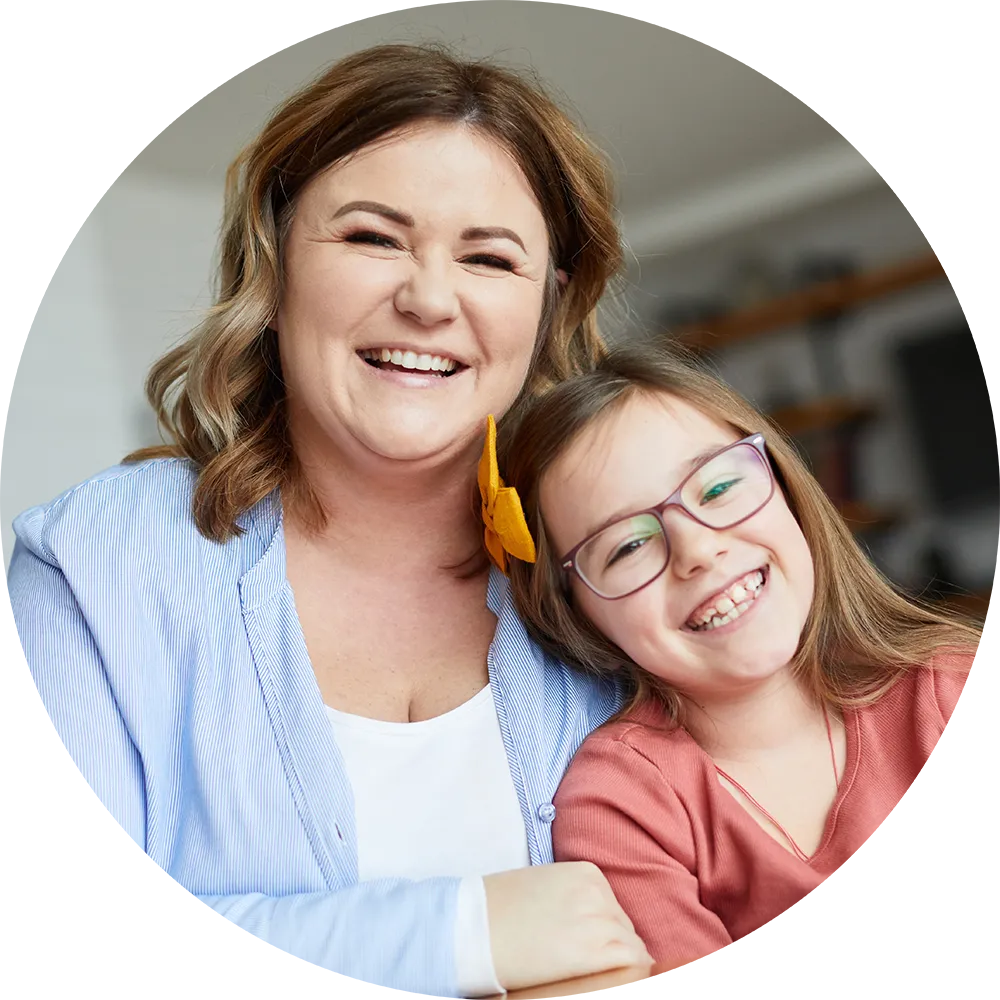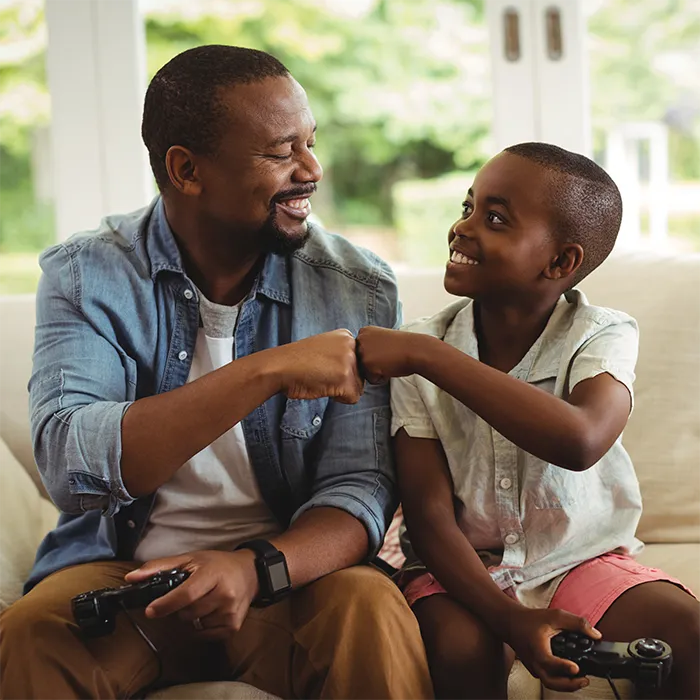
Child-Parent Relationship Therapy
Build Deeper Connections With Your Child
As a parent, you want what’s best for your child, but it can be difficult to know how to support them when they’re struggling with emotional or behavioral challenges.
Child-Parent Relationship Therapy is designed to help you and your child become more connected and secure in your relationship, providing stronger bonds that will last a lifetime.
Child-Parent Relationship Therapy Goals
Enhance Emotional Connections
Improve Communication
Reduce Symptoms of Anxiety
Reduce Symptoms of Depression
Learn How to Manage Life Transitions
Improve Negative Thoughts & Behaviors
Child-Parent Relationship Therapy at Start My Wellness
The bond between a parent and child is one of the most important factors in a child’s emotional and behavioral development. When children struggle with these issues, it can impact their self-esteem, confidence, and long-term well-being. Research supports that a strong parent-child bond provides a child with a sense of security, the ability to form secure attachments, confidence to problem-solve and explore challenges, and emotional resilience when facing challenges.
CPRT is an evidence-based process that addresses a child’s potential behavioral or emotional challenges by strengthening this essential bond. Based on the principles of child-centered play therapy, CPRT helps children ages 3-10 and their parents enhance their emotional connection through the natural language of play. Children are encouraged to guide therapy, express their emotions, learn problem-solving skills, and become more self-aware and communicative. Parents actively participate in each session, learning techniques to help their child feel understood, supported, and valued.

How Child-Parent Relationship Therapy Can Help
Behavior Problems
Loss and Grief
Problems Maintaining Attention
Mood Problems
Depression
Social Problems
Self-Esteem Problems
Anxiety
Defiance or Anger Problems
Coping with Trauma
Problems Making Friends
Non-Specific Problems
Benefits of Child-Parent Relationship Therapy: Build Stronger Bonds and Empower Your Child’s Emotional Health
Improved Communication
Stronger Emotional Bonds
Enhanced Parenting Skills
Decreased Behavioral Problems
Our Our Licensed Child Therapists
Specialties
Type of Therapy
Patient Population
Issue Focus
Insurance Accepted
Read Full Bio +
Specialties
Type of Therapy
Patient Population
Issue Focus
Insurance Accepted
Read Full Bio +
Specialties
Type of Therapy
Patient Population
Issue Focus
Insurance Accepted
Read Full Bio +
Specialties
Type of Therapy
Patient Population
Issue Focus
Insurance Accepted
Read Full Bio +
Make an Appointment
Call (248) 514-4955
-OR-
Frequently Asked Questions About Child-Parent Relationship Therapy
HIDDEN - DO NOT DELETE
What is Child-Parent Relationship Therapy?
What Happens in Child-Parent Therapy Sessions?
Children and parents work in a safe, supportive environment in child therapy sessions to express feelings, develop coping skills, and address behavioral and emotional challenges. Sessions are conducted with the child, parent, and therapist or in group formats of 5-8 parents. Initial sessions often focus on skills training and education for parents, with additional sessions to apply skills learned in play therapy sessions.



